
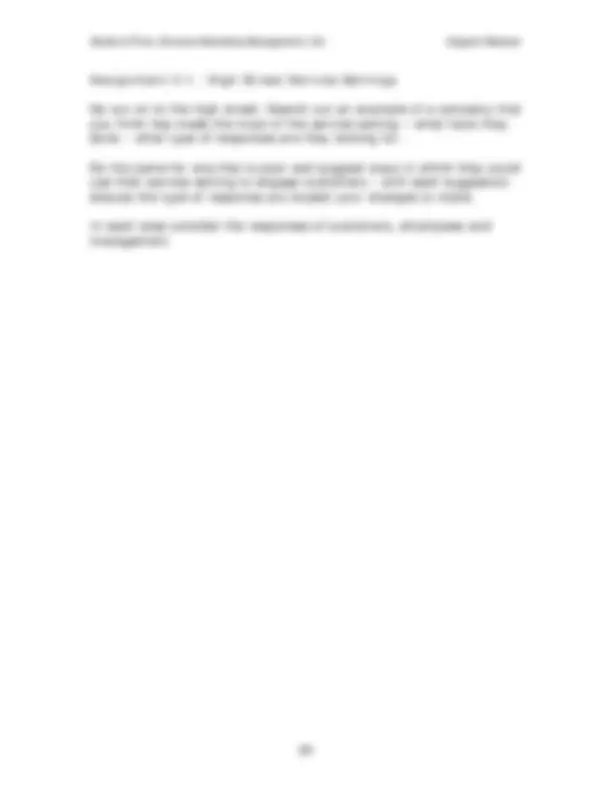
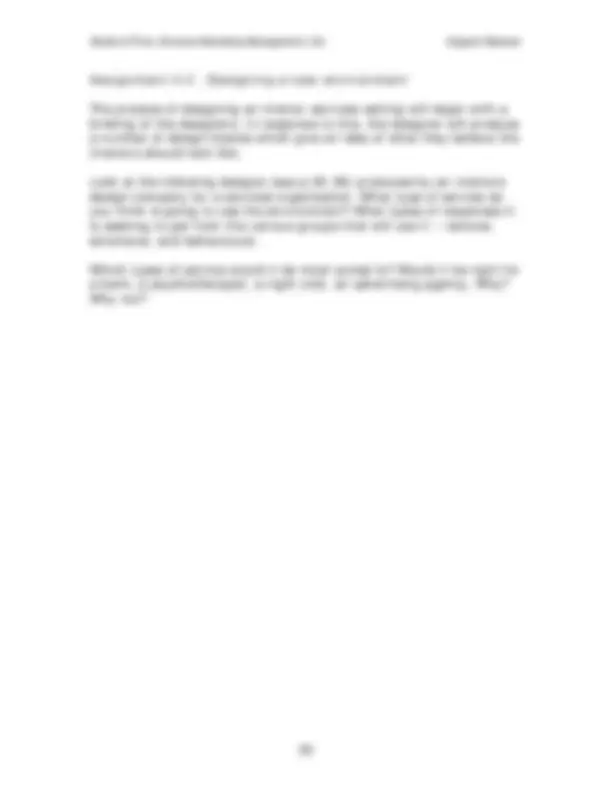

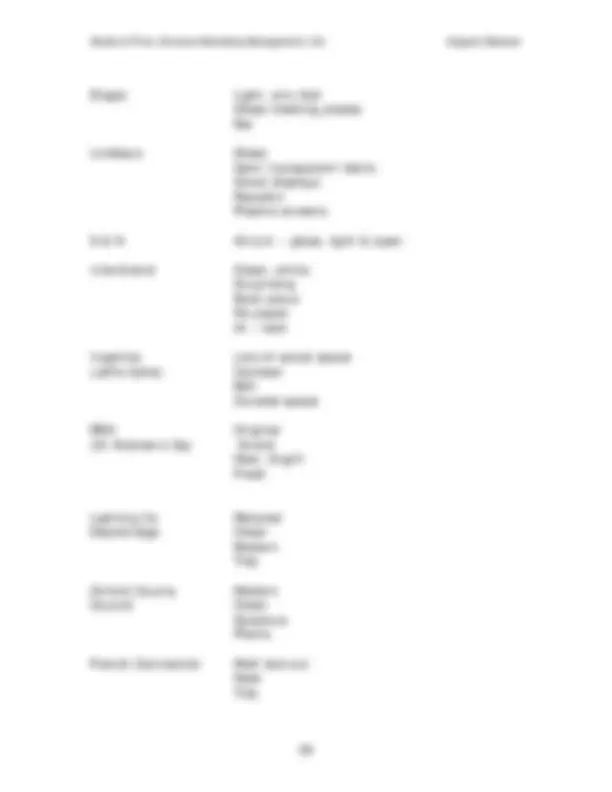
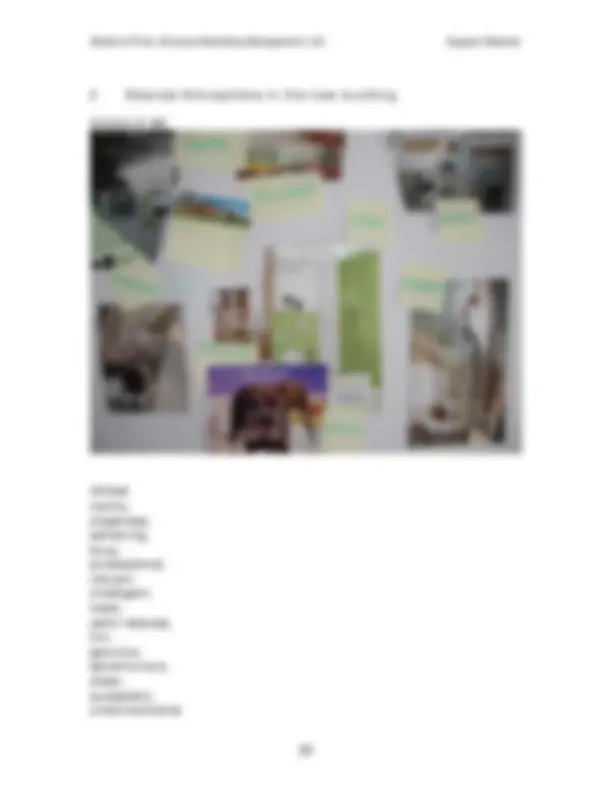
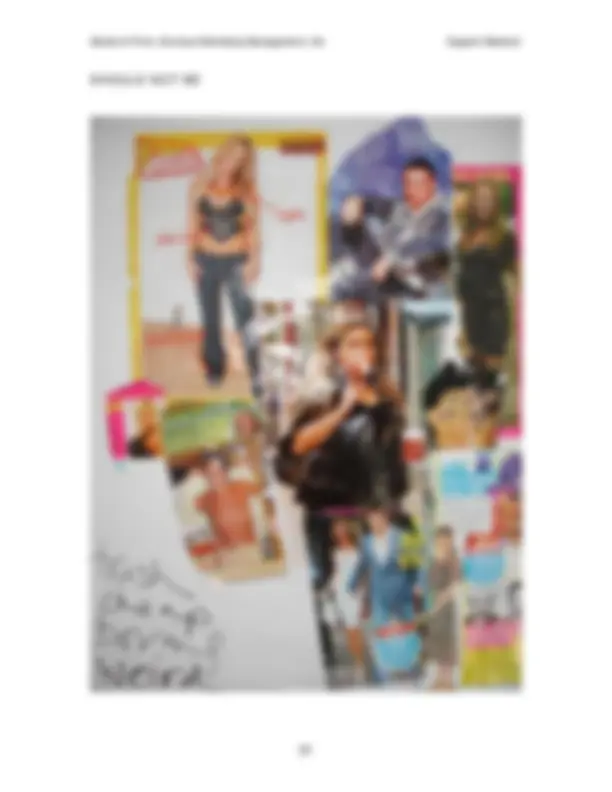
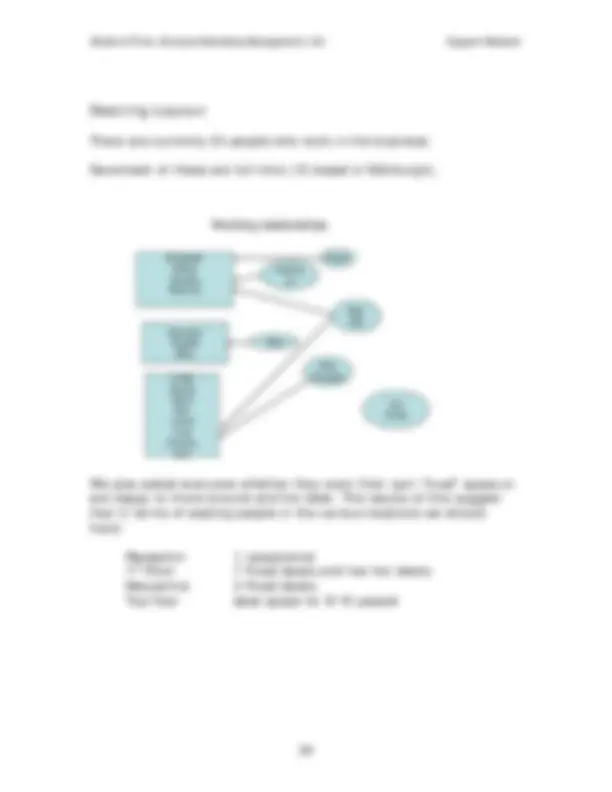
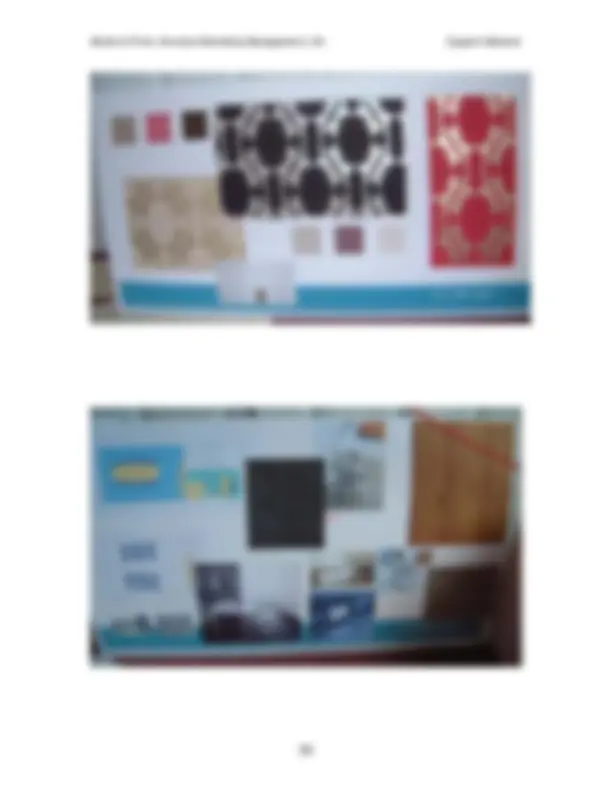
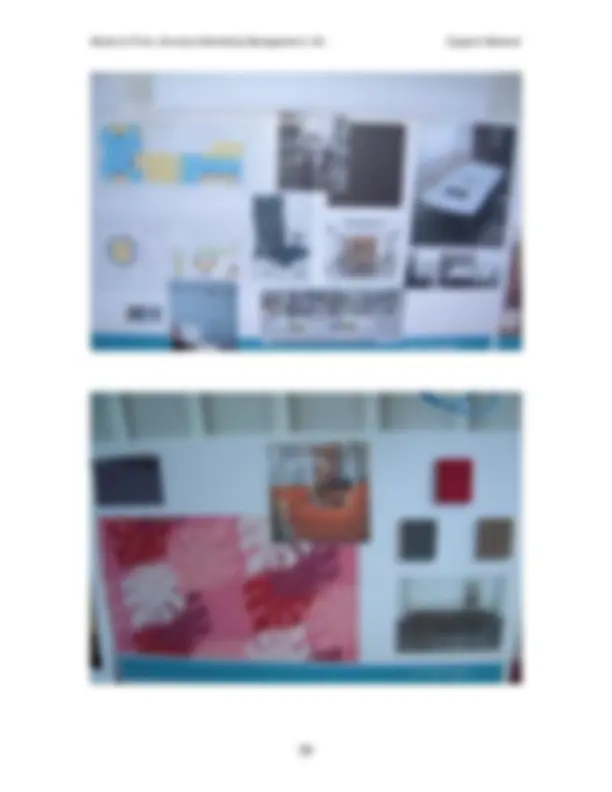


Study with the several resources on Docsity

Earn points by helping other students or get them with a premium plan


Prepare for your exams
Study with the several resources on Docsity

Earn points to download
Earn points by helping other students or get them with a premium plan
Community
Ask the community for help and clear up your study doubts
Discover the best universities in your country according to Docsity users
Free resources
Download our free guides on studying techniques, anxiety management strategies, and thesis advice from Docsity tutors
Insights into the significance of service setting in influencing customer experience. It covers the concept of service setting, the role of customers and employees, and the impact of ambient conditions, spatial considerations, and signs, symbols, and artefacts on customer response. assignments and discussion points to help students understand the concepts.
What you will learn
Typology: Slides
1 / 17

This page cannot be seen from the preview
Don't miss anything!










The Service Setting
This chapter has been designed to provide the reader with a clear understanding of:
a) the significance of the service setting in shaping customers’ service experience b) the nature of the consumer response – rational, emotional and behavioural c) the various environmental dimensions of the service setting – ambient conditions; spacial considerations and; signs, symbols and artefacts
Tutors should begin by discussing what is meant by the term “service setting” – what it includes and excludes. By contextualising the discussion in this way, it should highlight why the service setting can be so important in shaping customer expectations and experience.
In many cases the previous discussion will lead naturally to the next significant topic in an examination of the service setting. Namely the extent to which customers and employees are involved at the moment of service delivery. Tutors should ask students to name services where both customer and employee are present, those where the customer is self- serving, and those where only employees are present. In each case he should ask students to consider who the principal users of the service setting are, and consequently what factors designers should take into consideration in their design of the physical environment.
Returning to those services where the customer is present, the chapter proceeds to discuss the customer response. Tutors should anchor this discussion in relation to basic consumer behaviour literature. Without delving into the sequencing debate, tutors should review cognitive, affective and behavioural responses to service settings. In all instances this discussion will be assisted by asking students to use examples from their own experience.
By this point in the chapter students should have a sound understanding of the principle considerations involved in service setting design. Tutors with their students should now probe the key dimensions of the setting in more detail. There are three key dimensions:
Ambient conditions Space and functionality Use of signs, symbols and artefacts
Tutors may ask students to consider the classroom/lecture theatre environment – what aspects of these settings affect our senses i.e. the ambient conditions? Ask students to consider these factors in terms of their impact both students and lecturers.
Students could then examine the way the actual physical environment has been planned in terms of the space – is it crowded/palatial, comfortable/functional? How does the lecturer approach the point from which he lectures? Does he/she sit or stand? In front of or behind a lecturn? Etc. etc.
Finally, again using the higher educational environment as a context, tutors should ask students to think of examples of the use of signs symbols and artefacts in their institutions environment. Using their examples tutors should endeavour to get students to consider the nature of the response such artefacts are designed to ellicit.
Assignment 4.2 : Designing a new environment
The process of designing an interior services setting will begin with a briefing of the designers. In response to this, the designer will produce a number of design boards which give an idea of what they believe the interiors should look like.
Look at the following designs (see p.35-38) produced by an interiors design company for a services organisation. What type of service do you think is going to use the environment? What types of responses it is seeking to get from the various groups that will use it – rational, emotional, and behavioural.
Which types of service would it be most suited to? Would it be right for a bank, a psychotherapist, a night club, an advertising agency, Why? Why not?
Assignment 4.3 : Design Brief
Next read the design brief (below) that was given to the interior designers, and consider the following questions – do you think the designers answered their brief? Why? Why not? Make suggestions for ways in which the brief could have been improved. (Please take into account the 2 mood boards suggested by employees on p.30/31).
It has been important for us to involve everyone in the move to the new building. So last month we ran a couple of workshops.
They were asked 4 key questions
1 What other offices they liked and why
2 What general atmosphere they did/didn’t want in the new building
3 What was the one improvement they would make to the current building in Thistle Street
4 What they wanted for their space in the new office
1 Other offices we like
Not surprisingly nearly all the offices that were mentioned were based in Edinburgh. So not really worth mentioning by name. However there are several common characteristics.
Out of context Different Unexpected things Quirky Great location Work on display
SOUK Glass – open Transparency
S & N (Gyle) Great reception area Tea/Coffee ads Closed & Open Plan Bar
Diagio Light, airy feel Glass meeting places Bar
Lindsays Glass Semi transparent fabric Great displays Peaceful Plasma screens
S & N Atrium – glass, light & open
Interbrand Clean, white Surprising Bold colour No paper Hi – tech
Ingenico Lots of social space (Jaffa Cake) Canteen Bell Outside space
RBS Original (St Andrew’s Sq) Grand New, bright Fresh
Lighting Co Relaxed Deanbridge Clean Modern Tidy
Oxford County Modern Council Clean Spacious Plants
French Connection Well laid out Neat Tidy
Cramped, Stuffy, Chaotic, Frantic, Boring, Pretentious, Untidy, Messy, Dull, Parochial, Moodiness, Explosions, Noise, Impractical, Too flashy, Real ale, American/formal
3 One improvement to Thistle Street
Results of Group One (in order of importance)
1 Bright – well lit – daylight – good atmosphere
2 Carpets
3 More daylight in Reception
4 Roof Terrace
Results of Group Two
1 Funky reception and visitors’ area 2 Maximum light 3 Wireless 4 Informal get together/social areas 5 Buzz 6 Place to enjoy after work 7 Video conferencing facility 8 Utilise roof space in some way /Feature stairs to roof
There are currently 25 people who work in the business.
Seventeen of these are full time (15 based in Edinburgh).
Working relationships
Elizabeth Gillian Asanka Gemma
Gervase Angela Glen
Linda Nicola Neva Dan Laura Lucy Connor Sam
Katrina Jo
Dawn
Bob Neil
Alex Douglas
Tim Kirsty
Alex
We also asked everyone whether they want their own “fixed” space or are happy to move around and hot desk. The results of this suggest that in terms of seating people in the various locations we should have:
Reception 1 receptionist 1 st^ Floor 7 Fixed desks and two hot desks Mezzanine 3 Fixed desks Top floor desk space for 9/10 people